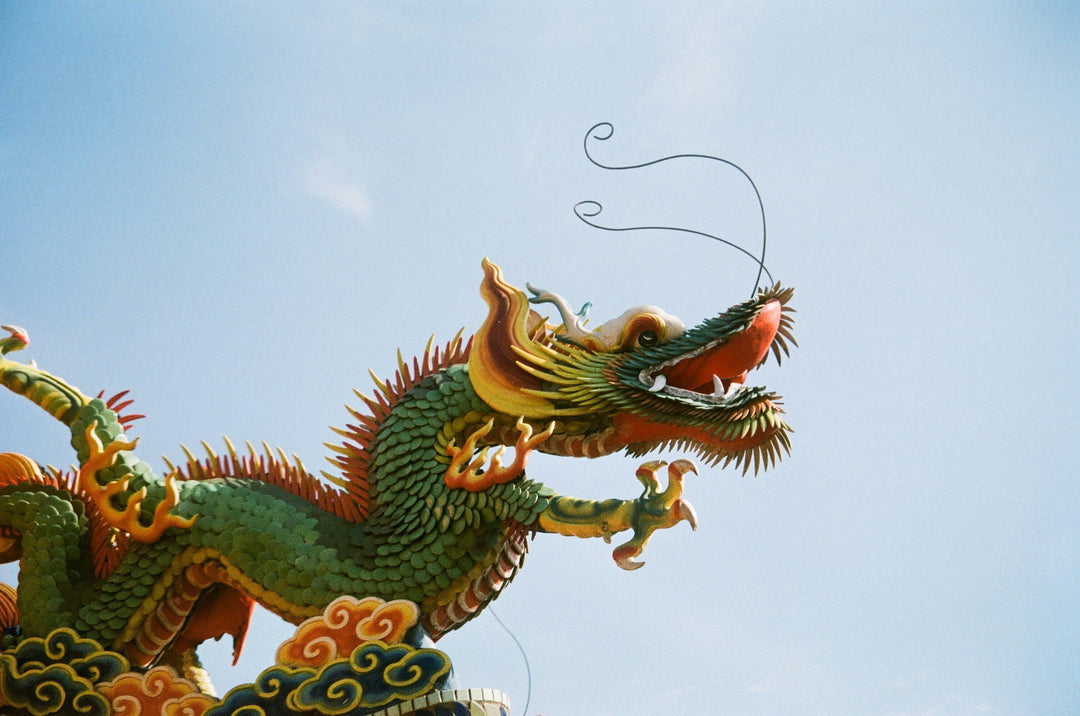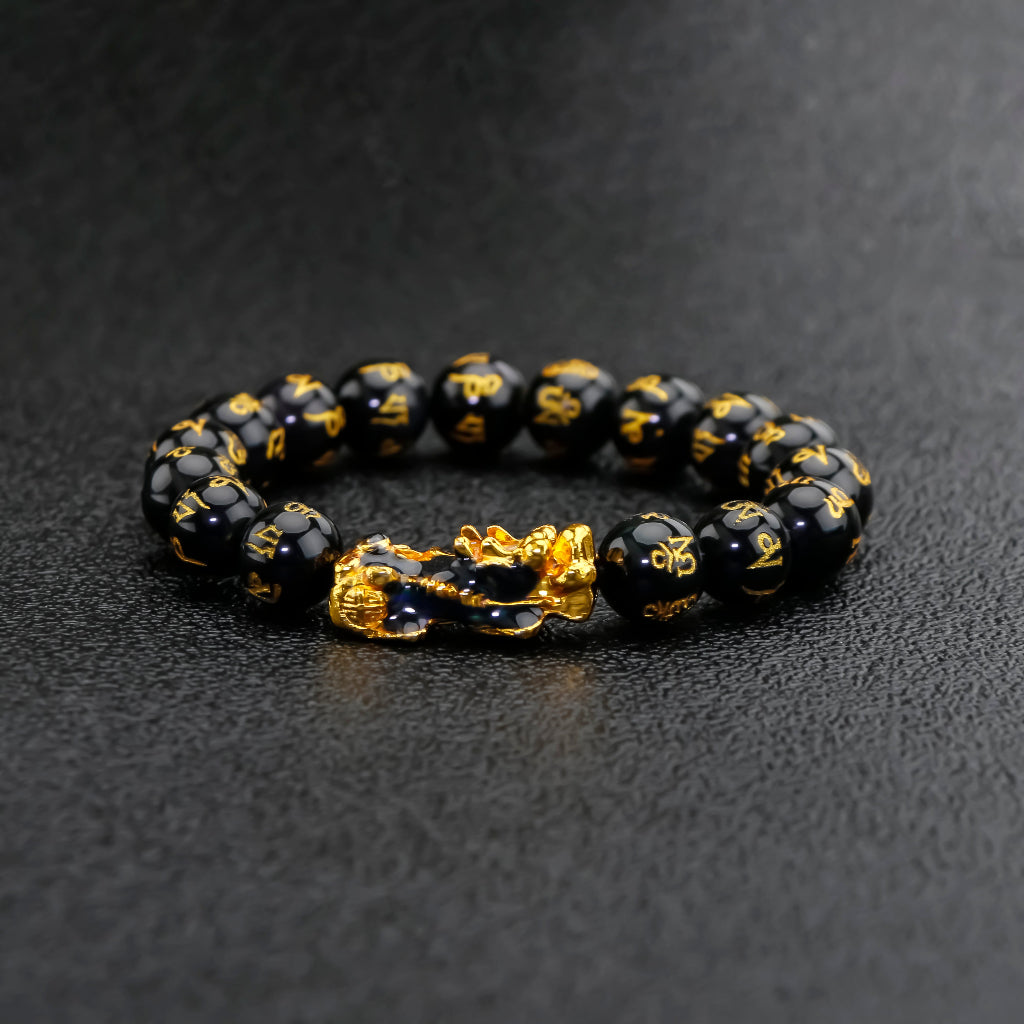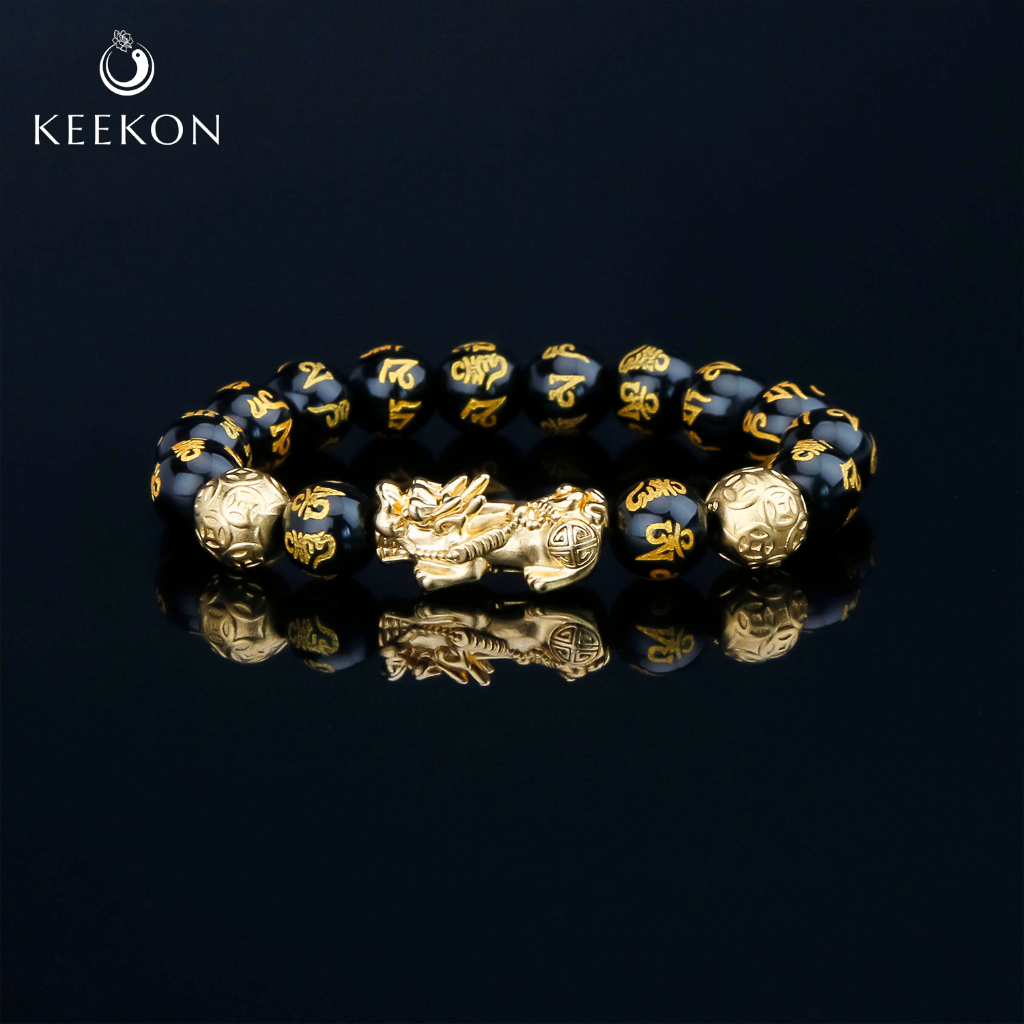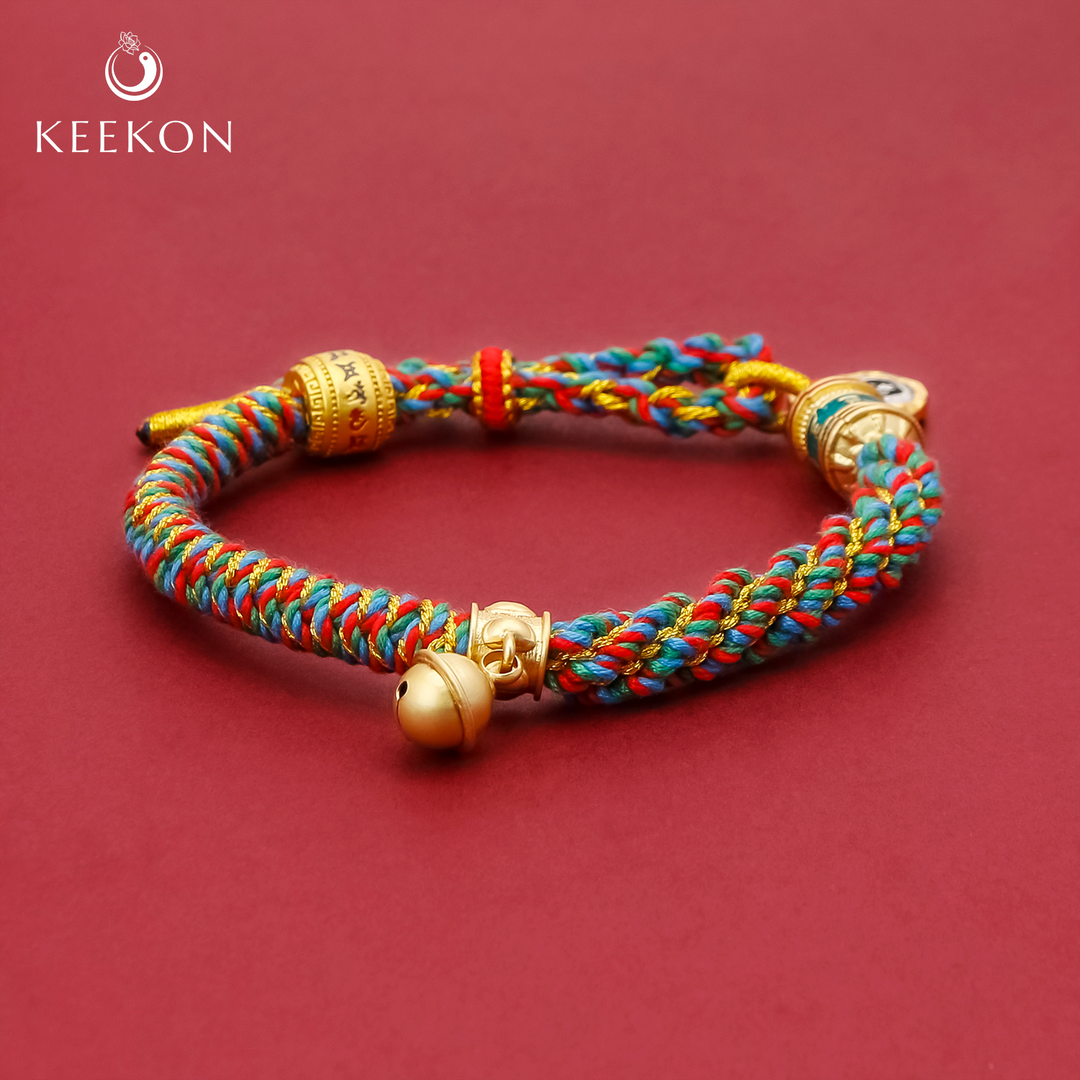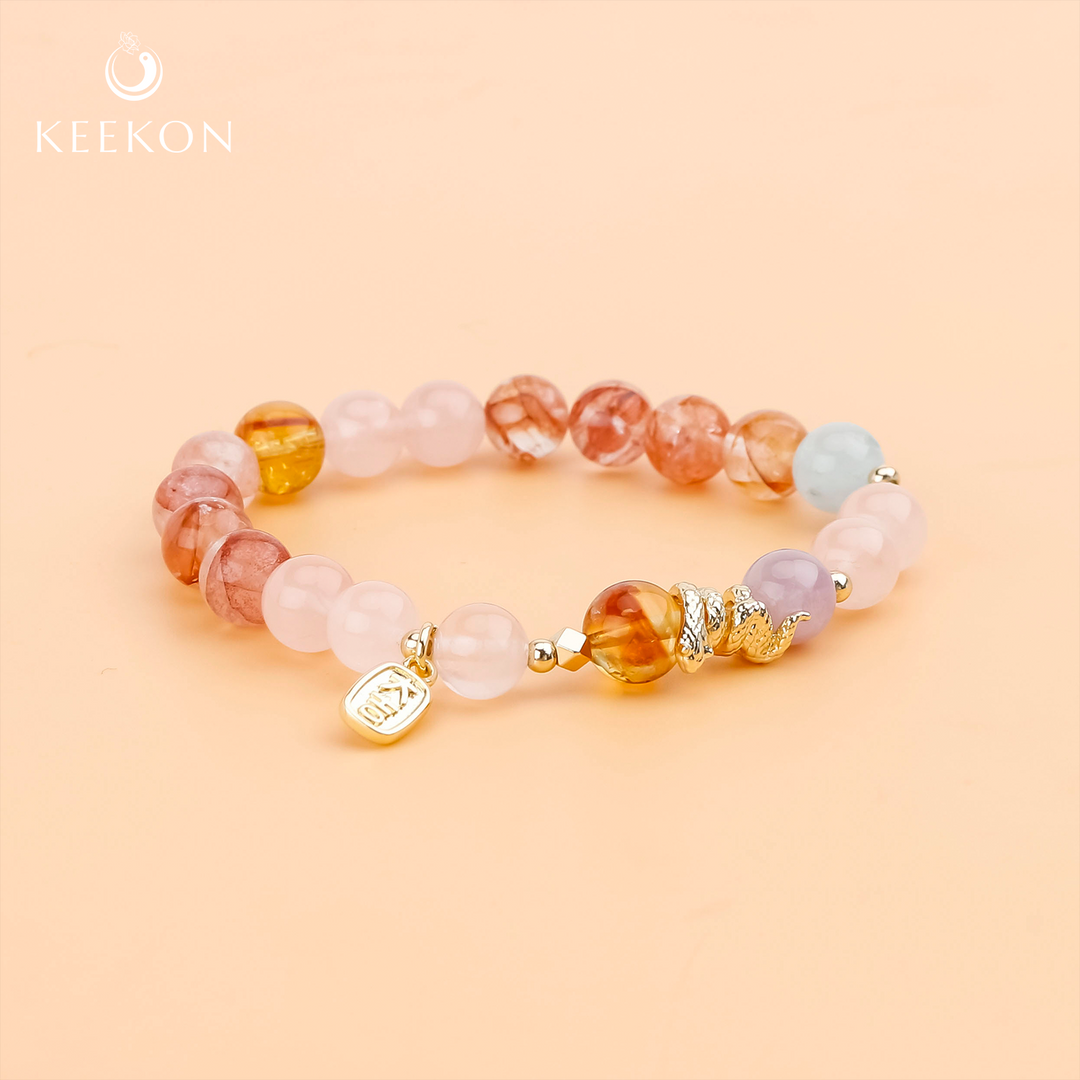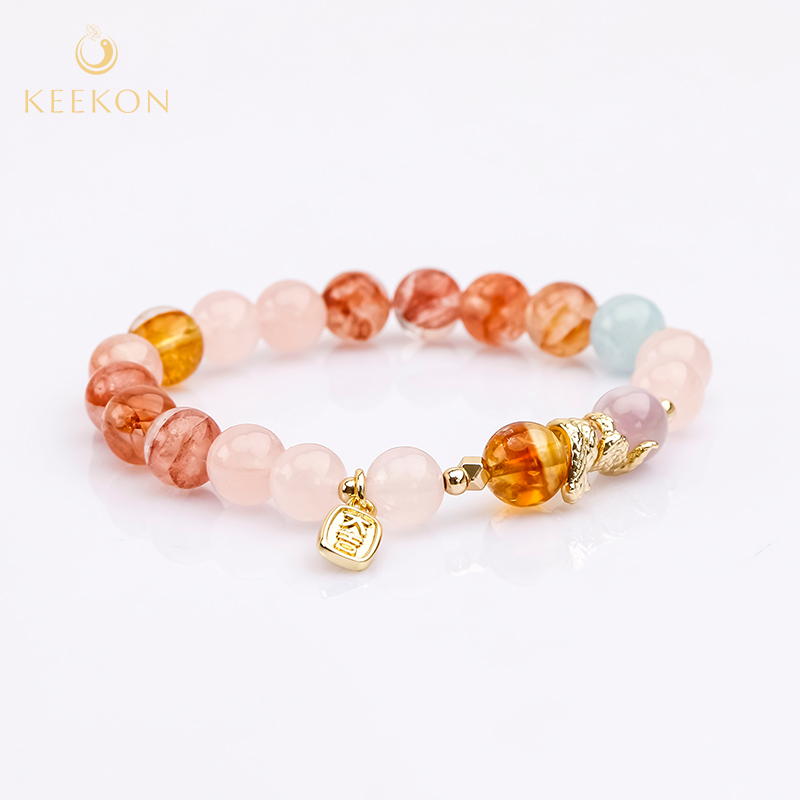What Are Yin and Yang - A Complete Guide
You may have seen this logo - black and white are connected head to tail like swimming fish, each embedded in the other's color. This is the "yin and yang" symbol in Chinese philosophy, but its meaning is far deeper than the surface. From Chinese medicine to regulate the body to yoga to balance the body and mind, from resolving interpersonal conflicts to designing harmonious spaces (such as home feng shui), the theory of yin and yang is still guiding people on how to live wisely. This blog will discuss everything you need to know about Yin and Yang.
What Are Yin and Yang?
Yin and Yang are the foundational principles of duality in Chinese philosophy, representing interconnected and complementary forces that shape the universe. Originating over 2,500 years ago, these concepts illustrate how seemingly opposite qualities—darkness and light, passivity and activity, femininity and masculinity—coexist in a dynamic equilibrium. The iconic Taijitu symbol (☯) visually encapsulates this idea: a circle divided into swirling black (Yin) and white (Yang) halves, each containing a dot of its opposite, symbolizing interdependence.
Yin and Yang are not static; they constantly transform into one another, maintaining harmony through cyclical change. For example, day transitions to night, and seasons shift from warmth to cold. This philosophy underpins traditional Chinese medicine (TCM), art, spirituality, and even modern lifestyle practices, emphasizing balance as the key to holistic well-being.

Origin of Yin-Yang
Yin-Yang originates from ancient Chinese philosophy and cosmology, dating back to the Yin Dynasty (around 1400-1100 BCE) and further developed during the Zhou Dynasty (1046-256 BCE). It is rooted in the observation of natural phenomena and the interplay of opposing yet complementary forces in the universe. The earliest references to Yin and Yang can be traced to the I Ching (Book of Changes), where they symbolize the duality and dynamic balance of all things. Yin represents qualities such as darkness, passivity, and femininity, while Yang embodies light, activity, and masculinity. Together, they form a harmonious whole, reflecting the interconnectedness of existence.
The philosophy of Yin-Yang is deeply tied to Daoism, particularly in the teachings of Laozi, who emphasized the importance of balance and harmony in life. The concept illustrates how opposites are not in conflict but are interdependent and constantly transforming into one another. This idea is visually represented by the Taijitu symbol, a circle divided into swirling black and white halves, each containing a dot of the opposite color. This symbolizes the idea that within Yin there is always a seed of Yang, and vice versa, highlighting the cyclical and ever-changing nature of the universe.
Over time, Yin-Yang became a foundational principle in various aspects of Chinese culture, including medicine, astrology, martial arts, and feng shui. It serves as a reminder that balance is essential for health, prosperity, and spiritual well-being and that all things are part of a greater, interconnected system.
What Does Yin Symbolize?
Yin embodies the receptive, inward, and nurturing aspects of existence, counterbalancing Yang’s dynamism. Rooted in the shadows and stillness of nature, Yin is often associated with the "feminine" principle, though it transcends gender to represent universal energies.
Elements & Phenomena:
Earth: Symbolizes grounding, fertility, and stability, much like soil nurturing seeds.
Water: Flows downward, adapts to its container, and sustains life, reflecting Yin’s fluidity and resilience.
Moon: Governs nocturnal cycles, intuition, and the subconscious, mirroring Yin’s hidden depths.
Winter: A season of hibernation, conservation, and quiet renewal.
Applications:
In Daily Life: Yin energy thrives in practices like yoga, journaling, or quiet walks in nature. Nighttime rituals, such as herbal teas or warm baths, harness Yin’s restorative power.
In Traditional Chinese Medicine (TCM): Yin governs bodily fluids (blood, lymph) and organs like the liver (stores blood) and kidneys (store essence/jing). Imbalances may manifest as dryness, insomnia, or emotional turbulence.
In Relationships: Yin fosters empathy, deep listening, and patience. For example, resolving conflicts through calm dialogue rather than confrontation.
What Does Yang Symbolize?
Yang represents the active, outward, and transformative forces that drive growth and innovation. Often linked to the "masculine" principle, Yang is the spark of creation and motion in the universe.
Elements & Phenomena:
Fire: Radiates heat, light, and transformation, like a wildfire clearing space for new growth.
Air: Associated with movement, communication, and intellectual clarity.
Sun: Fuels photosynthesis, vitality, and daily rhythms of activity.
Summer: A season of abundance, expansion, and vibrant energy.
Applications:
In Daily Life: Yang energy dominates during morning workouts, brainstorming sessions, or competitive sports. Sunlight exposure boosts serotonin, aligning with Yang's vitality.
In Traditional Chinese Medicine (TCM): Yang regulates metabolism, body temperature, and organs like the heart (circulates energy) and lungs (control respiration). Excess Yang may cause inflammation, restlessness, or aggression.
How to Use Yin-Yang in Everyday Life
The Yin-Yang philosophy is not just a theory—it's a guide to balance and resilience. Aligning with these forces can enhance your health, well-being, and productivity. Here's how to weave Yin-Yang wisdom into modern life:
1. Balance Activity and Rest
Yang (Action): Mornings are naturally Yang-dominant. Harness this energy for exercise, creative work, or tackling challenging tasks. Try sunrise yoga, a brisk walk, or goal-setting rituals.
Yin (Rest): Evenings align with Yin’s calming energy. Wind down with meditation, reading, or gentle stretching. Avoid screens before bed to honor Yin’s restorative role.
Tip: Follow the sun’s rhythm—rise with daylight (Yang) and slow down after sunset (Yin).
2. Nourish Your Body with Yin-Yang Foods
Yang Foods (Warming, energizing): Ginger, garlic, chili, lean meats, and whole grains. Ideal for cold days or when needing a vitality boost.
Yin Foods (Cooling, hydrating): Cucumber, watermelon, leafy greens, and herbal teas. Perfect for reducing inflammation or cooling summer heat.
TCM Insight: Balance meals with both types. For example, pair spicy stir-fry (Yang) with a cooling cucumber salad (Yin).
3. Harmonize Work and Relationships
Yang at Work: Channel Yang’s assertiveness for leadership, problem-solving, and innovation. Set clear goals, delegate tasks, and take strategic risks.
Yin in Relationships: Cultivate Yin's empathy and patience. Practice active listening, offer emotional support, and resolve conflicts calmly.
Modern Hack: Use “Yin breaks” during a hectic day—pause for deep breathing or a mindful tea ritual to reset.
4. Adapt to Seasonal Cycles
Spring/Summer (Yang): Embrace outdoor activities, social gatherings, and ambitious projects. Garden, hike, or launch new ventures.
Autumn/Winter (Yin): Turn inward—reflect, journal, or prioritize rest. Cook hearty soups, declutter your space, or practice gratitude.
Feng Shui Tip: In summer (Yang), open windows for airflow; in winter (Yin), use warm lighting and cozy textures.
5. Balance Your Environment
Yang Spaces (Active zones): Home offices, kitchens, or gyms. Use bright colors, natural light, and uplifting music.
Yin Spaces (Relaxation zones): Bedrooms, meditation corners, or baths. Opt for soft lighting, muted tones, and calming scents like lavender.
Quick Fix: Add a Yin-Yang symbol or living plants to remind you of nature’s equilibrium.
6. Emotional and Mental Harmony
Excess Yang (Burnout): If stressed or irritable, counter with Yin: take a nature walk, journal, or try acupuncture.
Excess Yin (Lethargy): If feeling sluggish, invite Yang: dance to upbeat music, socialize, or declutter your space.
Mindfulness Practice: Observe your energy fluctuations—when to push forward (Yang) and when to surrender (Yin).
7. Integrate Yin-Yang Movement
Yang Exercises: Cardio, weightlifting, or team sports to build strength and stamina.
Yin Practices: Tai Chi, Yin Yoga, or slow stretching to release tension and improve flexibility.
Yin-Yang Dynamics in the Human Body
In the human body, Yin and Yang coexist in a perpetual dance of balance and transformation, transcending gender distinctions. While Yang dominates during daylight—fueling activity, warmth, and metabolism—Yin ascends with moonlight, guiding rest, cooling, and regeneration. This cyclical rhythm mirrors nature’s order: As summer’s Yang peaks, it carries the seed of winter’s Yin, and vice versa.
Philosophy of Interdependence
Rooted in Taoist thought, Yin-Yang is not a rigid duality but a fluid philosophy of harmony with the Way (Dao)—an omnipresent force governing cosmic patterns. Like light and shadow, neither can exist alone; blood (Yin) nourishes tissues, while Qi (Yang) animates them. Illness arises not from “evil” but imbalance—excessive Yang sparks inflammation, deficient Yin leads to chronic dryness.
Embracing Duality
Taoism teaches acceptance of life’s paradoxes: joy contains sorrow’s potential, and strength arises from vulnerability. Similarly, TCM treatments—such as cooling herbs (to curb Yang excess) or moxibustion (to warm Yin deficiency—embody this synthesis. The Tai Ji symbol, with each half holding its opposite’s essence, reminds us: true wellness lies in adapting to change, not resisting it.
The five essential substances
Wood (木): Associated with growth, vitality, and the liver.
Fire (火): Linked to warmth, energy, and the heart.
Earth (土): Represents stability, nourishment, and the spleen.
Metal (金): Symbolizes structure, clarity, and the lungs.
Water (水): Governs adaptability, wisdom, and the kidneys.
Each element corresponds to specific seasons, colors, emotions, organs, and potential health concerns. A healthy individual maintains a unique yet harmonious balance of these five elements, supported by the steady flow of the Five Essential Substances.
The Benefits of Maintaining Yin-Yang Balance
Yin and Yang are inseparable; they are interconnected and symbolize the cycle of our life. When the yin and yang energies are balanced, they have excellent healing properties. However, when these energies are out of balance, people may experience inner division and illness.
On the other hand, maintaining a balance of yin and yang may increase physical and mental health. Fortunately, there are many ways to achieve or maintain this delicate balance. However, yoga and meditation are two major ways that may help you relax, which will be discussed in further detail below.
Yoga
Yoga postures blend strength (Yang) and flexibility (Yin), promoting physical and energetic equilibrium. For example, dynamic flows (Yang) can be balanced with restorative poses (Yin).

Meditation
Mindfulness practices cultivate Yin energy through stillness, counteracting Yang-dominant stress. Techniques like breathwork harmonize both forces.
Benefits of Balance
Health: Reduced inflammation, improved sleep, and enhanced immunity.
Relationships: Harmonized communication and emotional resilience.
Productivity: Sustainable energy levels and creativity.
Conclusion
Yin and Yang are not archaic concepts but timeless tools for navigating modern complexities. By embracing their dynamic interplay—whether through diet, mindfulness, or environmental adjustments—we cultivate resilience, joy, and harmony. As ancient wisdom meets contemporary science, the pursuit of balance remains a universal path to thriving in an ever-changing world.
FAQs About Yin Yang
Q: What do Yin and Yang symbolize?
A: Yin and Yang symbolize the dual forces that create balance in the universe. Yin represents darkness, femininity, and passiveness, while Yang represents light, masculinity, and activity. Together, they signify harmony and interconnectedness.
Q: How can I apply Yin and Yang in daily life?
A: You can apply Yin and Yang by maintaining balance in your lifestyle. For example, balancing work (Yang) with rest (Yin), or consuming cooling foods (Yin) to offset spicy foods (Yang).
Q: What are examples of Yin and Yang in nature?
A: Examples include night (Yin) and day (Yang), cold (Yin) and heat (Yang), or water (Yin) and fire (Yang). These pairs illustrate the complementary forces in the natural world.
Q: Is Yin stronger than Yang?
A: Neither Yin nor Yang is stronger; they exist in harmony. Each force depends on the other to maintain balance, and an excess of one can disrupt stability.
Q: How does Yin and Yang relate to health?
A: In traditional Chinese medicine, balance between Yin and Yang is vital for well-being. An imbalance may manifest as fatigue (excess Yin) or restlessness (excess Yang).
Q: What are some common Yin and Yang foods?
A: Yin foods are typically cooling and hydrating, such as cucumber and watermelon. Yang foods are warming and energizing, like ginger and chili peppers.
Q: How do Yin and Yang influence emotions?
A: Yin emotions include calmness and introspection, while Yang emotions involve excitement and assertiveness. A balanced emotional state blends both energies.
Q: What is the Yin-Yang symbol called?
A: The symbol is known as the Taijitu (太极图), depicting a swirling black (Yin) and white (Yang) circle with a dot of the opposite color in each half, symbolizing interconnectedness.
Q: Can Yin and Yang change over time?
A: Yes, Yin and Yang are constantly shifting. For instance, day (Yang) gradually turns into night (Yin), demonstrating the cyclical nature of balance.
Q: What does the small dot in the Yin-Yang symbol mean?
A: The dot represents the idea that within Yin, there’s a seed of Yang, and vice versa. This illustrates that no force is entirely pure — there’s always a hint of its opposite.
Q: What does Yin and Yang mean in the Twin Flame relationship?
A: In Twin Flame relationships, Yin and Yang represent the complementary energies of the two individuals. One partner may embody more Yin qualities (emotional, receptive, intuitive), while the other may embody more Yang qualities (active, assertive, logical). The union of these opposing yet complementary energies can create balance, growth, and spiritual awakening for both individuals.

